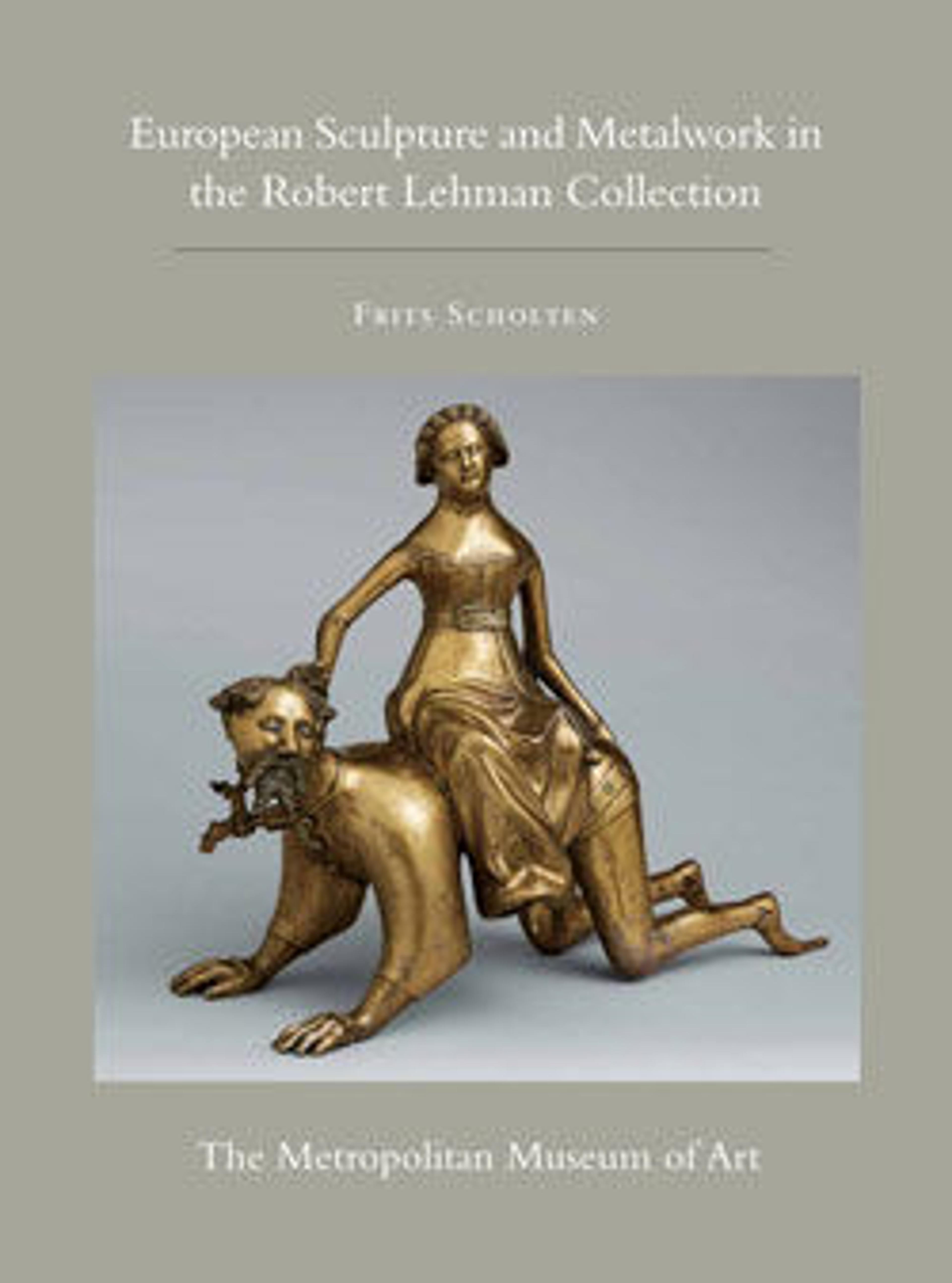Portrait medal of Sultan Mehmed II (obverse); a Triumphal Chariot (reverse)
Bertoldo based this likeness on a medal by the Venetian artist Gentile Bellini, who had also painted the Ottoman sultan’s portrait. Mehmed favored Italian medalists, perceiving their art form as a way to emphasize his rightful lineage among the emperors of Byzantium and ancient Rome. This medal, Bertoldo’s largest and only signed example, was a gift from Lorenzo de’ Medici in flattering recognition of the sultan’s military victories.
On the reverse, a triumphant horse-drawn chariot is led by Mars, the god of war, carrying a trophy, an allusion to Mehmed’s planned territorial conquests. Standing on a pedestal, the sultan grasps a rope tied to three crowned female figures, representing his abduction of the territories under his rule: Asia, Greece, and Trebizond (an empire occupying the southern coast of the Black Sea). Mehmed associated himself not with the rulers of the Holy Roman Empire but with the entire line of emperors from ancient Rome and Byzantium.
On the reverse, a triumphant horse-drawn chariot is led by Mars, the god of war, carrying a trophy, an allusion to Mehmed’s planned territorial conquests. Standing on a pedestal, the sultan grasps a rope tied to three crowned female figures, representing his abduction of the territories under his rule: Asia, Greece, and Trebizond (an empire occupying the southern coast of the Black Sea). Mehmed associated himself not with the rulers of the Holy Roman Empire but with the entire line of emperors from ancient Rome and Byzantium.
Artwork Details
- Title: Portrait medal of Sultan Mehmed II (obverse); a Triumphal Chariot (reverse)
- Artist: Bertoldo di Giovanni (Italian, born Florence (?) ca. 1430–40, died 1491 Poggio a Caiano)
- Date: model 1480 (old aftercast)
- Medium: Bronze
- Dimensions: Diam. 9.4 cm, wt. 321.66 g.
- Classification: Medals
- Credit Line: Robert Lehman Collection, 1975
- Object Number: 1975.1.1264
- Curatorial Department: The Robert Lehman Collection
More Artwork
Research Resources
The Met provides unparalleled resources for research and welcomes an international community of students and scholars. The Met's Open Access API is where creators and researchers can connect to the The Met collection. Open Access data and public domain images are available for unrestricted commercial and noncommercial use without permission or fee.
To request images under copyright and other restrictions, please use this Image Request form.
Feedback
We continue to research and examine historical and cultural context for objects in The Met collection. If you have comments or questions about this object record, please complete and submit this form. The Museum looks forward to receiving your comments.
